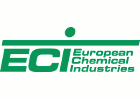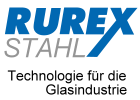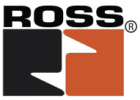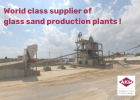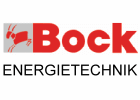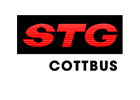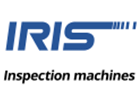INFO
联系方式
| 地址 | Sphere Hotwork 36/FF, Maruti Complex, Opp. 390002 Vadodara |
| 国家 | 印度 |
| 电子邮箱 | Get in contact with Sphere Hotwork |
产品/机械
Refractory Dryout
It is very much important that proper dryout of refractories should be undertaken as water is the common solvent for mixing of motars, rams, castables , cements used for installation. This water which is hydraulicaly bonded through chemical interactions, between various refractories after installation needs to be driven out from the lining or else can cause a severe crack by trapping steam in the lining which shall ultimately give way to the entire castable lining. To ensure optimum refractory performance it is imperative that all moisture is removed thoroughly and uniformly during the course of heat-up and prior to the plant being subjected to onstream production.
General description of the procedure of the dry-out of a refractory lining:
For the dry-out of a refractory lining external High velocity burners are used. These external burners are fired with light weight oil/Gas and will be installed in openings like manholes or doors.
One burner unit exists of the mobile burner with the Extended Nozzle, the Combustion fan, regulation flap for the combustion air, the connecting air duct and the regulation unit. The fans are sucking the ambient air and compress it up to max. 60 mbar. This air used for combustion of the burner.
The burner itself consists of the combustion chamber in which the fuel oil and compressed air/Gas will be mixed with the combustion air and ignited and the steel part (extended nozzle, manufactured of heat resistant steel) which will lead the flue gases. These extended nozzle could be straight or with an angle and the end so that the flue gas could be led to a desired direction and critical parts close to the burner will not be “touched” directly by the flue gases.
The air duct is used for the compressed ambient air to the burner.. The required temperature of the outgoing flue gases will be controlled and achieved by controlling fuel oil by our specialists who are on site continuously.
The flue gas temperature is controlled manually by controlling oil flow by valve of the oil train to achieve required temperature as per the heating schedule.
The maximum temperature reading of all the thermocouple placed in equipment will considered as target temperature.
Cement Industry
- PreHeater & Cyclones
- Rotary Kilns & Inter Coolers
- Coolers
- Rawmills
- Cement Mills
Power Industry
- C.F.B.C. Boilers
- Seal Port
- ASH Coolerd & Cyclones
- Waste Heat Boilers
- Combustions Beds
- Ducts
- Coal Collector
- Kiln
Steel Industry
- Hot Blast stove / Furnace
- Metallic Pre-Heater reactor
- Runners & Laddles
- Blast Furnace Dryout
- Hot Blast main
- Bustle Pipe Dryout
- Cokeovens
Aluminium Industry
- Furnace
- Cyclones
- Rotary Lilns & Inter Coolers
- Calciner
Copper Industry
- Copper Smelters
- Anode Furnaces & Laddlers
- Chimney´s
Fertilizer & Chemical Industry
- Lime Kiln
- Secondary Reformer
- R.G. Boilers
- Reactor
- Heat Exchanger & Reformer
- Incinerator
Petro Chemicals
- Sulphur Furnace
- FCCU / SRU / BBU
- Reactor
- Sulphur Condenser
- Main Combustion Chambers / Fired Heaters / Stacks
- Primary Reformer
- Secondary Reformer
- Vacun Heaters
- Incinerator
Non Ferrous metal
- Aluminium Holding Furnaces
- Aluminium Melting Furnaces
- Induction Furnaces
- Tilting Furnaces
